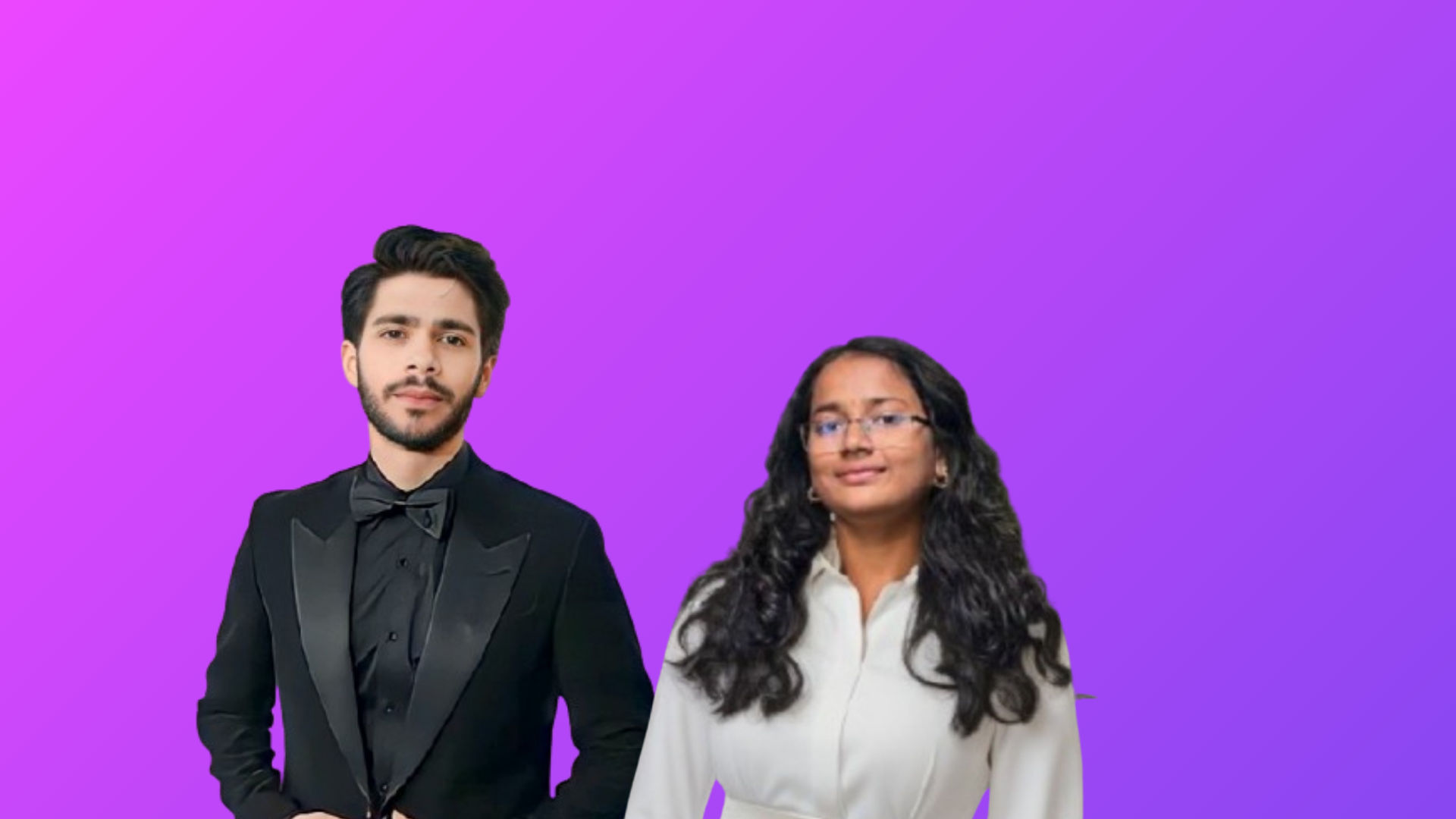


India represents the world's largest untapped voice AI market, 1.4 billion people speaking 22 official languages and hundreds of dialects. ROSE is pioneering the cultural revolution that voice AI desperately needs.
India represents the world's largest untapped voice AI market—1.4 billion people speaking 22 official languages and hundreds of dialects. Yet most voice AI systems offer robotic, culturally tone-deaf experiences that miss the essence of Indian communication. This isn't just a market gap—it's a cultural void that demands a fundamentally different approach.
Indian languages aren't just different vocabularies; they're entirely different ways of expressing emotion and building relationships. Telugu speakers use respectful honorifics that change based on relationship and social context. Hindi conversations seamlessly blend with English (Hinglish), creating dynamic linguistic patterns. Malayalam carries emotional undertones through specific intonations.
Punjabi expressions are rich with cultural metaphors that lose meaning in translation. Haryanvi has distinct rhythmic patterns that affect conversation flow. Urdu poetry influences everyday speech, making conversations inherently expressive.
"Traditional ASR→LLM→TTS pipelines destroy these cultural nuances, reducing rich linguistic heritage to sterile text processing."
As one of the first speech-to-speech models built entirely in India, ROSE understands what global models miss: language is culture, and culture lives in the voice.
ROSE processes speech in its native form, preserving cultural DNA. It captures tonal variations that distinguish respectful requests from casual conversation. The model naturally handles Hinglish, Tanglish, and hybrid communication patterns while understanding cultural context—like when "अच्छा" means agreement versus understanding versus polite dismissal.
ROSE recognizes local idioms, cultural references, and community-specific phrases, adapting tone based on cultural context and relationship dynamics.
India's voice-first future serves the 800 million Indians more comfortable speaking than typing. ROSE enables rural and semi-urban access where farmers get weather updates in native dialects, medical consultations in regional languages, and education in mother tongue.
For businesses, this means culturally aware customer support, sales automation that understands regional customs, and authentic connection with vernacular markets. Beyond commerce, ROSE supports cultural preservation by documenting regional dialects, maintaining oral traditions, and teaching linguistic heritage.
We're not just building technology—we're preserving and empowering Indian linguistic culture. ROSE represents cultural validation for millions whose voices have been ignored by mainstream AI.
India's voice AI market isn't waiting for Silicon Valley solutions. It's being built here, by people who understand that "Namaste" isn't just a greeting—it's cultural philosophy. That "भाई साहब" carries emotional weight no translation can capture.
"ROSE doesn't just speak Indian languages—it speaks with the soul of India."